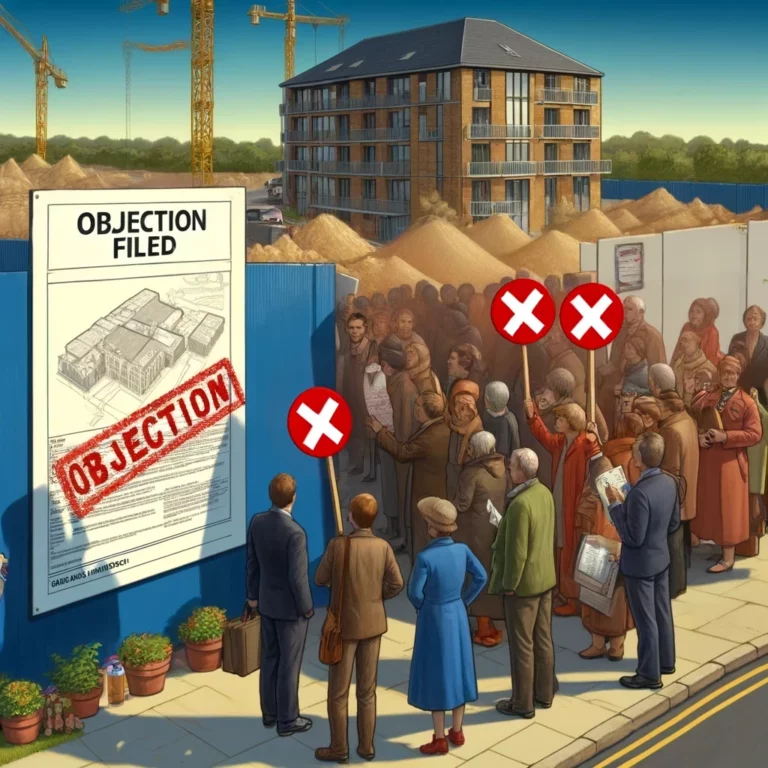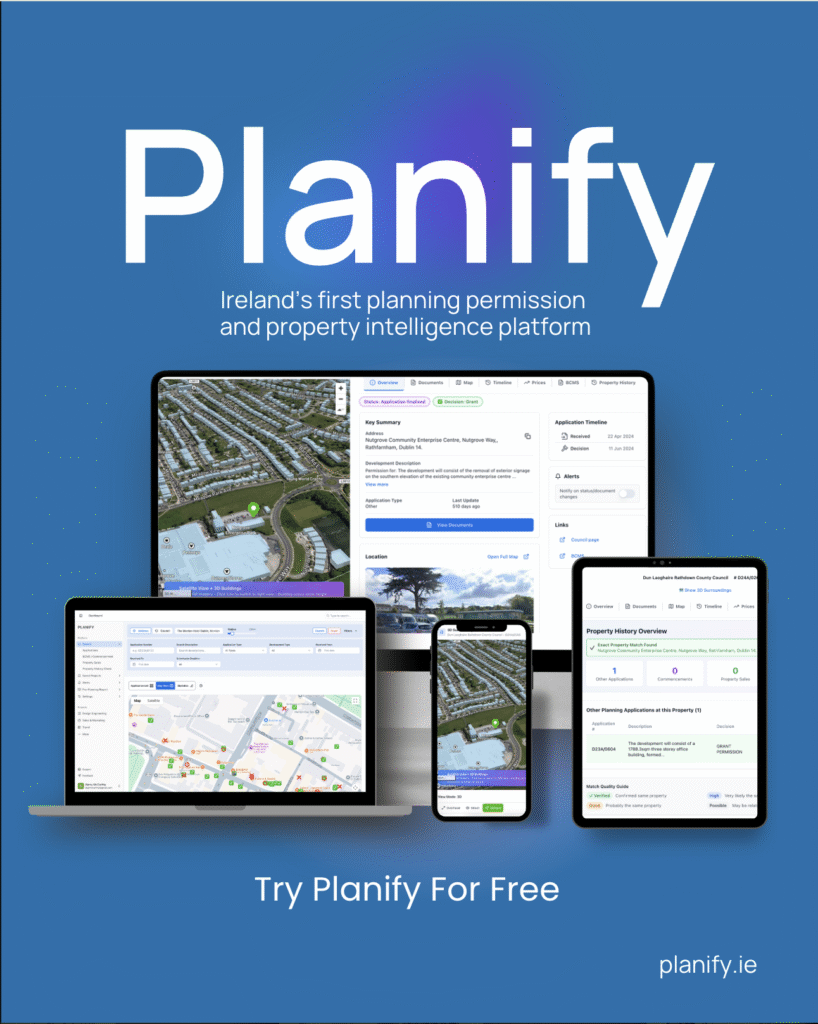Observations or Objections

Introduction
Making observations or objections to a planning permission application is a critical aspect of the planning process in Ireland. It allows individuals and groups the opportunity to express their views on proposed developments that may affect them or their community. This guide will provide a detailed overview of how to make effective observations or objections, ensuring your voice is heard in the planning process.
Understanding the Process
Before making an observation or objection, it’s important to understand the planning process. Once a planning application is submitted to the local authority, it is entered into the public record. From this point, there is a five-week period during which observations or objections can be made. These are considered by the planning authority when making a decision on the application.
Finding Information on Planning Applications
To make an observation or objection, you first need to find details about the planning application. This information is available on the local authority’s website or at their offices. Look for the planning register section, where you can search for applications using the reference number, location, or applicant’s name.
How To Make A Planning Observation / Objection
- Writing Your Submission: Your observation or objection should be clear, concise, and focused on planning issues. These can include concerns about traffic, noise, environmental impact, or how the development fits with the local development plan. Avoid personal or non-planning related issues, as these will not be considered.
- Referencing Planning Policies: To strengthen your submission, reference relevant policies from the local development plan or national guidelines. This demonstrates that your concerns are grounded in established planning principles. For example, if objecting to a development in a rural area, reference policies related to rural housing or environmental protection.
- Include Supporting Evidence: If possible, include photographs, studies, or other documents that support your observation or objection. This evidence can make your submission more persuasive.
- Paying the Fee: There is a fee for making an observation or objection, which helps cover the administrative costs of processing your submission. The fee is typically around €20, but it’s advisable to check the current fee with your local authority.
- Submitting Your Observation or Objection: You can submit your observation or objection by post or, in some cases, online through the local authority’s website. Ensure it is addressed to the planning department and includes the planning application’s reference number.
After Submission
Once submitted, your observation or objection becomes part of the public record and can be viewed by others, including the applicant. The planning authority will consider all submissions when making their decision. If the decision is not in your favour, there may be an opportunity to appeal to An Bord Pleanála, the independent planning appeals board in Ireland.
Conclusion
Making observations or objections to planning applications is a vital part of public participation in the planning process. By following these steps and focusing on relevant planning issues, you can effectively communicate your concerns and potentially influence the outcome of planning decisions.




